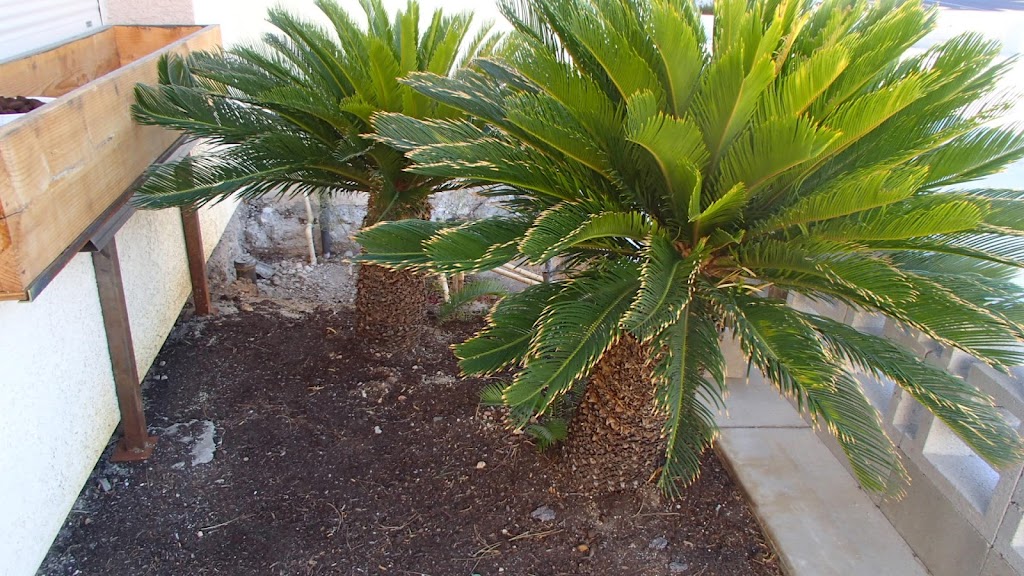Different Types of Sago Palm (Cycad)
Q. Have you ever seen a sago palm that has different types of leaves and fronds? I can’t find any pictures of a sago that look like this. Also, mine grew extremely fast, in a matter of weeks. I purchased the sago with the original fronds that are dark colored. The tree had been living about 6 feet from a windmill palm tree. Do you think it could have crossed? Even if sago palm (cycad is a better term, Cycas revoluta) is located on the north side of a home it still has a browning on the leaflet tips because of our low humidity. This sago palm can handle colder temperatures than other types. A. First of all, the sago palm is not a palm at all. It is just called a type of palm which its not. Each sago palm has evolved different strategies to handle where they are from. There are different types or species and even genera of sago palms. These are based upon their appearance, how big they grow and where they are available. Most are classified as the King sago palm, Queen sago, Queen sago palm and (a totally different genus and species) and the true sago palm to name just a few. The king sago palm, or Cycas revoluta, is the most widely grown type and most commonly available. The king sago palm is quite small, growing only to about 8 feet tall and 8 feet wide, making them small enough to qualify as an “indoor plant”. This is a queen sago palm (Cycas circinalis) is from a large nursery in central India. It is native to southern India and grows about 12 feet tall and 12 feet wide in hot, humid climates. https://www.naturenursery.in/product/queen-sago-palm/ Sago palms come from a variety of climates but mostly tropical or semi tropical. Lots of different kinds to pick from if you can search online or buy them from out-of-the-way places. I occasionally look at Lowe’s and Home Depot’s garden centers for occasional “deals” but you have to know what you’re buying or at least willing to take a loss if you don’t. Rare sago palms can also be purchased from nurseries online as well as eBay. All the information is the same regarding the fast-growing sago palms. They prefer to grow on the east side away from direct sunlight or at least in what we call “filtered” or speckled light. They also prefer to grow in amended soils and not in rock mulch. Some of them like warmer climates than others. Each one has evolved differently. Be careful of fast-growing sago palms or cycads. It usually means they become larger than most others. Most sago palms are characterized as “slow growers”. I don’t know which type you have but some are meant for interiors and not the winter cold outdoors. Be careful unless you know what you are looking for. Use the scientific or Latin name when possible. Sometimes nurseries will confuse them and sell you one that you are not expecting. Even the pros get it wrong sometimes.
Different Types of Sago Palm (Cycad) Read More »
